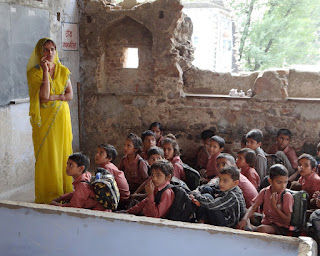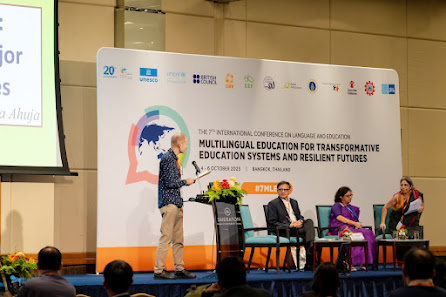Maharashtra’s new State Curriculum Framework focuses on use of the mother tongue

It is at the state level that the National Curriculum Framework really needs to be reshaped. Last month, the government of Maharashtra published their draft State Curriculum Framework for the foundational stages of education. It is good to see the emphasis on using the mother tongue in the first years of education, but as the document seems to be mainly a copy and paste from the National Curriculum Framework, it needs to be seen how much this framework is really owned by the politicians and implementers. The state Government of Maharashtra introduced, just last month, a new curriculum framework for the foundational stage of education. This State Curriculum Framework (SCF) places emphasis on the use of a child’s mother tongue as the primary medium of instruction in the early years or foundational stages (age 3‒8). The curriculum states that it aims for students to be able to read and write by class 3. According to the Hindustan Times article : “The framework—State Curriculum Fra...
